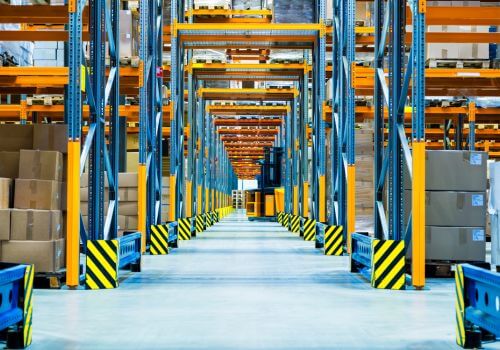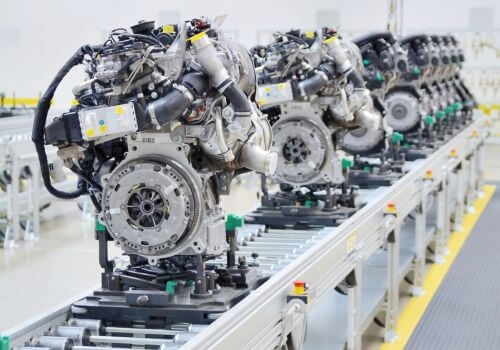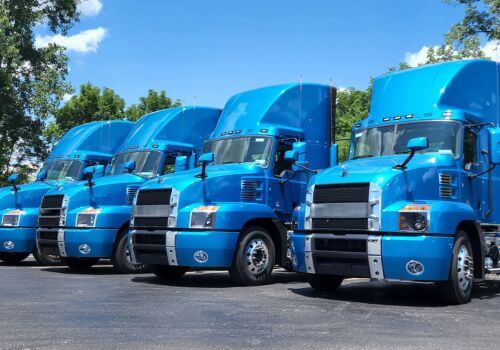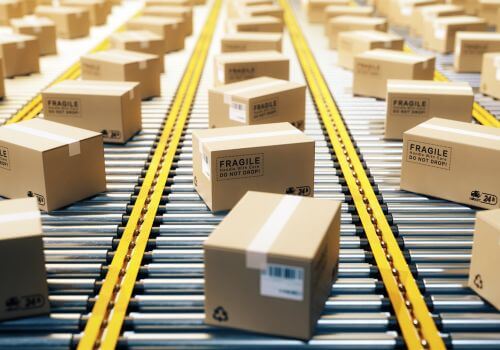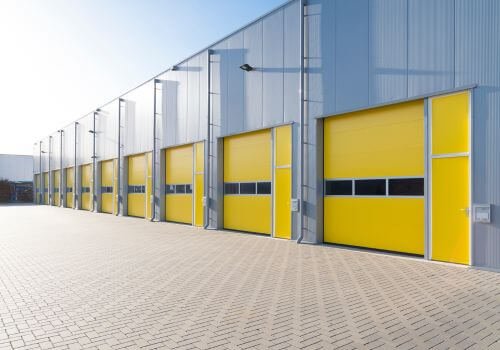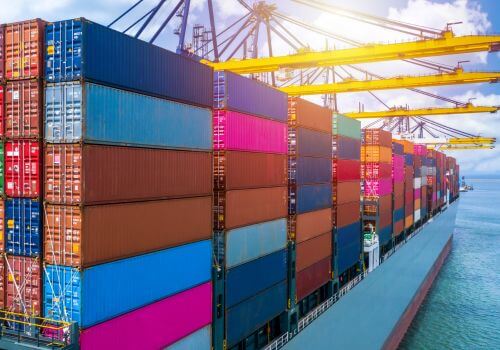Internet of Things (IoT) definition
The Internet of Things (IoT) in logistics refers to the network of interconnected devices, sensors, and systems that communicate with each other to monitor, track, and manage various logistics operations. These IoT devices are embedded in vehicles, cargo, equipment, and infrastructure, providing real-time data that improves decision-making, efficiency, and transparency throughout the supply chain.
In logistics, IoT technology enables real-time monitoring of goods, vehicles, and infrastructure, allowing businesses to optimize routes, monitor inventory, ensure cargo security, and improve customer satisfaction.
Key features of IoT in logistics
IoT brings several key features to logistics operations, enabling more streamlined processes and better decision-making:
- Real-time asset tracking. IoT devices, such as GPS trackers and RFID tags, allow companies to track the location and status of goods, vehicles, and other assets in real time. This level of visibility is critical for managing large, complex supply chains.
- Condition monitoring. IoT sensors can measure environmental factors like temperature, humidity, vibration, and light exposure, ensuring that products (e.g., pharmaceuticals, food) remain within safe conditions during transportation or storage.
- Predictive analysis. By analyzing data collected from IoT devices, logistics companies can predict future trends, optimize resource allocation, and prevent potential bottlenecks. Predictive analytics is particuarly useful for vehicle maintenance and stock replenishment.
- Automation. IoT enables the automation of various logistics operations, such as automated picking, packing, and inventory management in warehouses. This reduces human labor costs and increases operational efficiency.
- Geofencing & route optimization. Geofencing technology can trigger alerts when a vehicle enters or leaves a predefined area, allowing for tighter control over transportation routes. IoT systems can also analyze traffic data to optimize delivery routes in real time.
- Fleet management. IoT helps logistics companies manage their fleets by monitoring fuel usage, driver behavior, and vehicle health. This reduces operational costs and improves fleet efficiency.
Key benefits of IoT in logistics
IoT technology provides several benefits that revolutionize logistics operations, offering improvements in efficiency, cost reduction, and customer satisfaction:
- Enhanced visibility & transparency. IoT provides end-to-end visibility of shipments, from the point of origin to the final destination. This allows logistics managers to track assets in real time, offering detailed insights into location, condition, and progress along the supply chain.
- Improved efficiency & cost reduction. IoT helps optimize fleet and warehouse operations by collecting data on vehicle performance, fuel consumption, delivery times, and equipment usage. With predictive analytics and automation, companies can reduce labor, maintenance, and fuel costs.
- Better inventory management. By using IoT sensors in warehouses, companies can automate stock tracking and replenishment processes. This minimizes human errors, enhances stock accuracy, and prevents overstocking or understocking issues.
- Predictive maintenance. IoT-enabled vehicles and machinery provide data on engine health, tire pressure, and overall equipment status. By analyzing this data, logistics companies can predict when maintenance is required, reducing the likelihood of breakdowns and costly repairs.
- Real-time decision making. With access to real-time data, companies can make more informed decisions, adjust delivery routes to avoid traffic or accidents, and ensure that sensitive cargo remains within required conditions (e.g., tempreature or humidity).
- Enhanced customer satisfaction. IoT enables companies to provide accurate and up-to-date delivery status information to customers. Real-time updates, tracking, and notifications help manage expectations and improve the overall customer experience.
- Greater security. IoT devices like smart locks, geofencing, and tamper-evident seals provide enhanced security for shipments, allowing for immediate alerts in the event of unauthorized access, route deviations, or theft.
Real-world examples of IoT in logistics
Several companies have already integrated IoT into their logistics operations, illustrating the transformative potential of the technology:
DHL (smart logistics & warehousing)
DHL, a global logistics leader, has implemented IoT in its operations through the use of smart warehouses. RFID tags and sensors are used to track inventory levels, automate reordering, and monitor the movement of goods throughout their facilities. Additionally, DHL uses predictive analytics to anticipate maintenance needs for its fleet, reducing downtime.
Maersk (cold chain monitoring)
Maersk, a major player in container shipping, uses IoT technology for cold chain logistics. IoT sensors monitor the temperature and humidity levels of refrigerated containers, ensuring the safe transport of perishable goods. If any deviations occur, alerts are sent to logistics managers to take corrective action.
UPS (route optimization & predictive maintenance)
UPS employs IoT to improve the efficiency of its delivery operations. Through GPS tracking and IoT-enabled sensors on vehicles, UPS optimizes delivery routes in real time to avoid traffic or road closures. They also use IoT to monitor vehicle health and perform predictive maintenance, reducing the risk of breakdowns and improving delivery times.
Amazon (robotics & automation)
Amazon uses IoT-enabled robotics in its fulfillment centers to move goods quickly and accurately. IoT sensors track inventory levels, guide robots to move items, and ensure optimal placement of stock. This has helped Amazon reduce order processing times and streamline logistics operations.
Walmart (blockchain & IoT integration)
Walmart has integrated IoT with blockchain technology to track the movement of goods throughout its supply chain. This combination ensures transparency and traceability of food items from farm to shelf, improving food safety and inventory management.
Future of IoT in the logistics industry
Looking ahead, IoT in logistics is poised to expand further with the following advancements:
- 5G technology, AI, and blockchain integration. These technologies will enhance IoT capabilities by allowing faster data transmission and smarter data analytics, optimizing supply chain operations in real time.
- Autonomous vehicles & drones. IoT will support the adoption of autonomous vehicles and drones for last-mile deliveries, significantly reducing labor costs and delivery times.
- Sustainability. IoT will play a critical role in sustainable logistics by optimizing fuel consumption, reducing emissions, and minimizing waste throughout the supply chain.
In summary, the Internet of Things (IoT) in logistics is the use of connected devices, sensors, and systems to track and manage goods, vehicles, and operations in real time, to improve efficiency, visibility, and decision-making throughout the supply chain.

